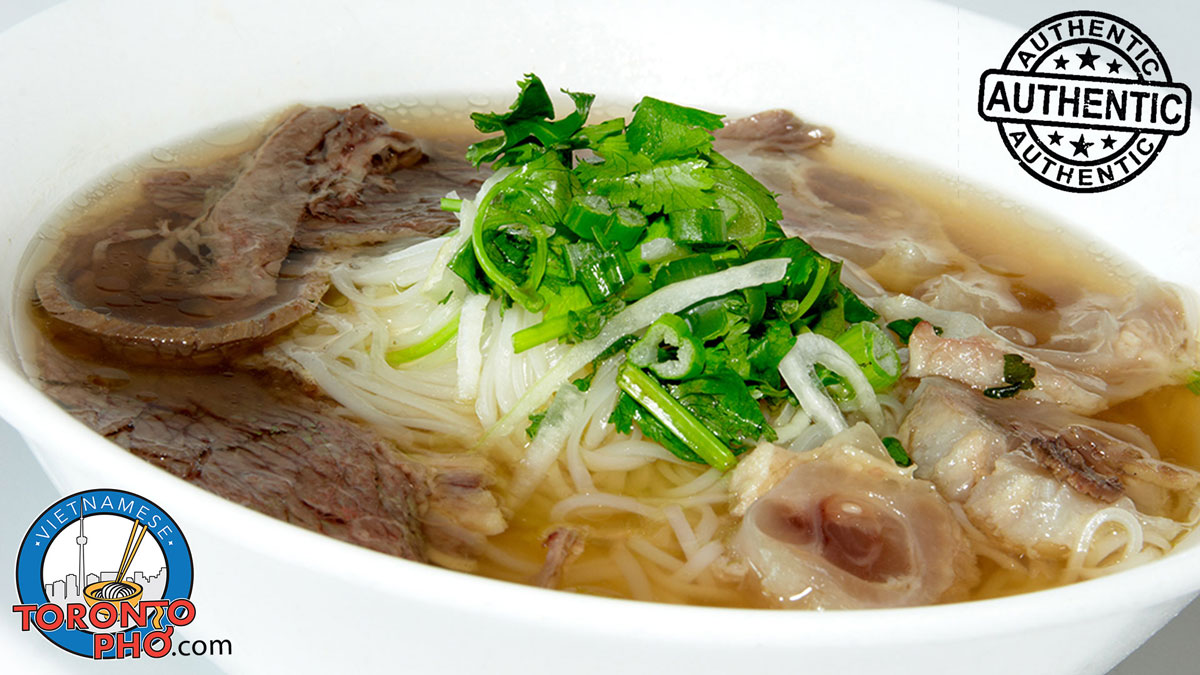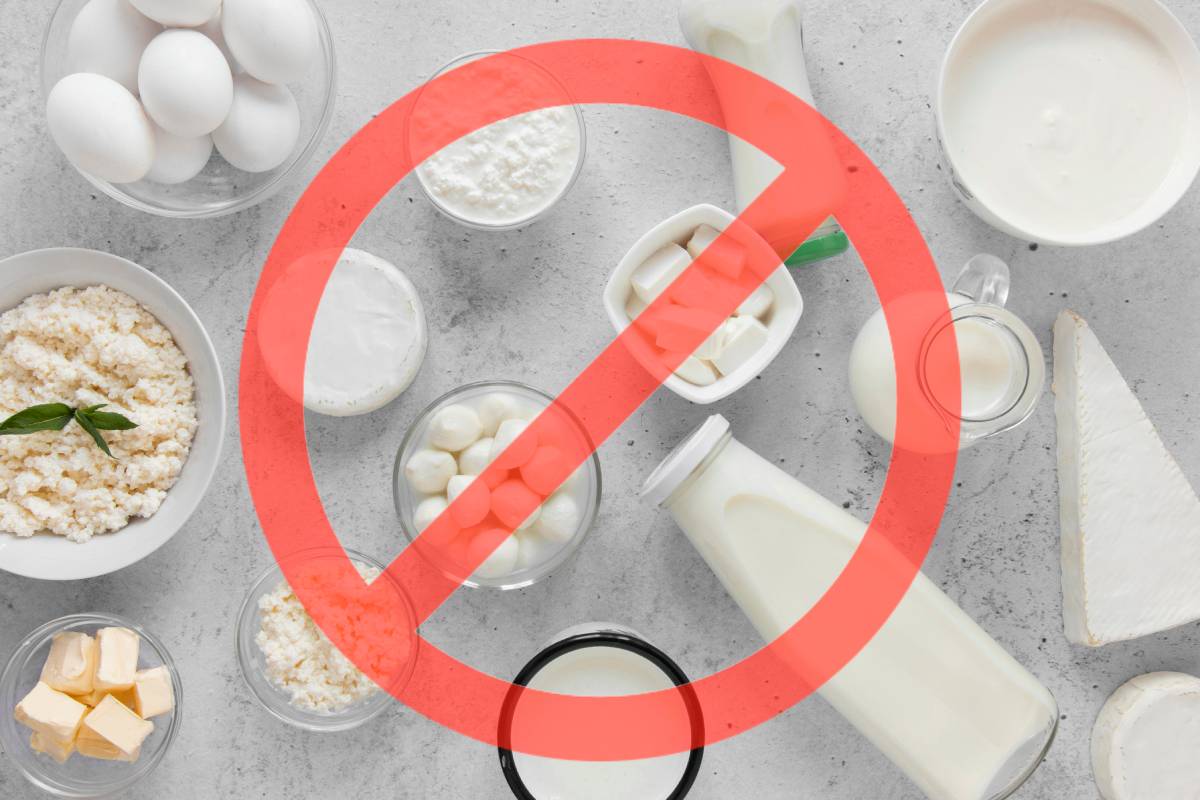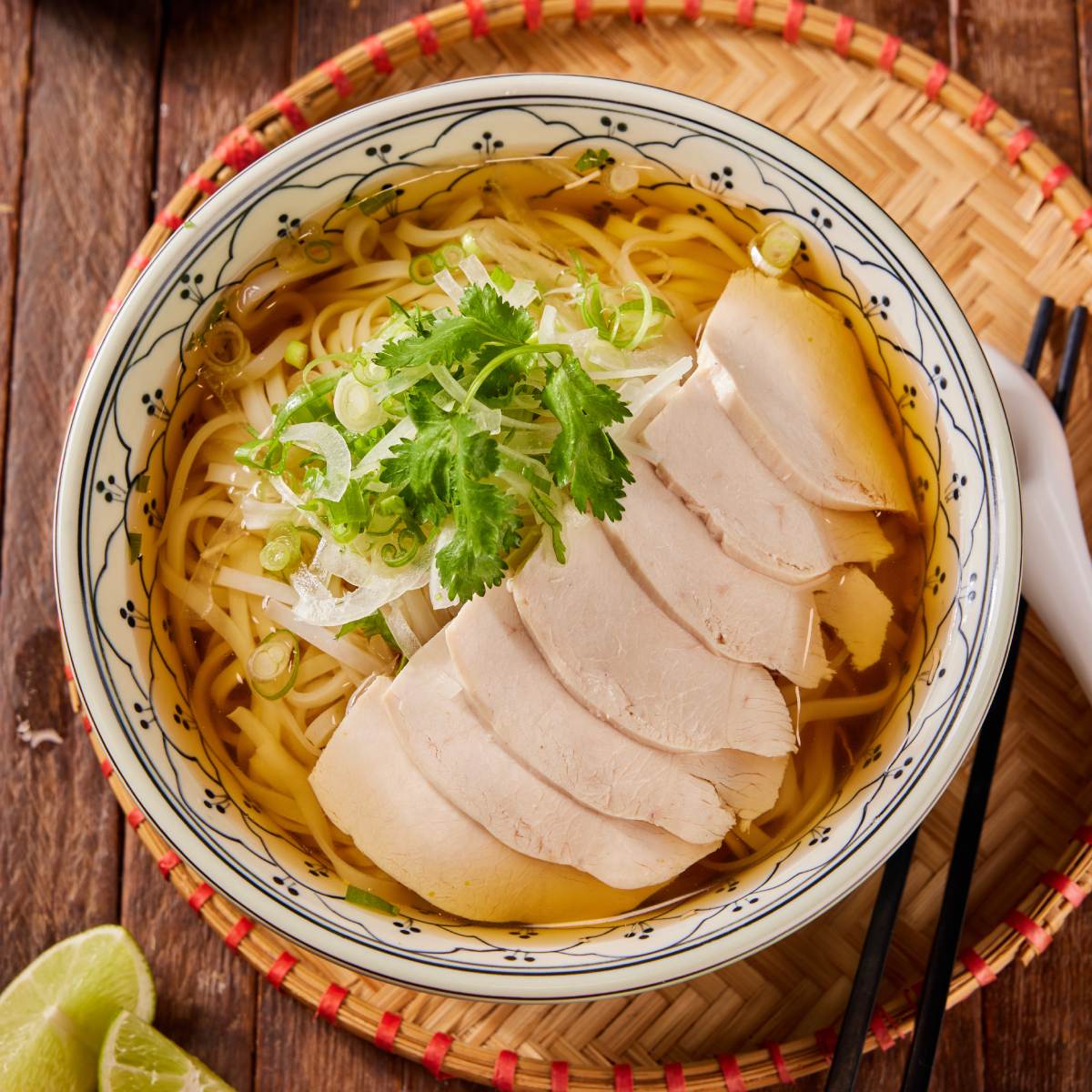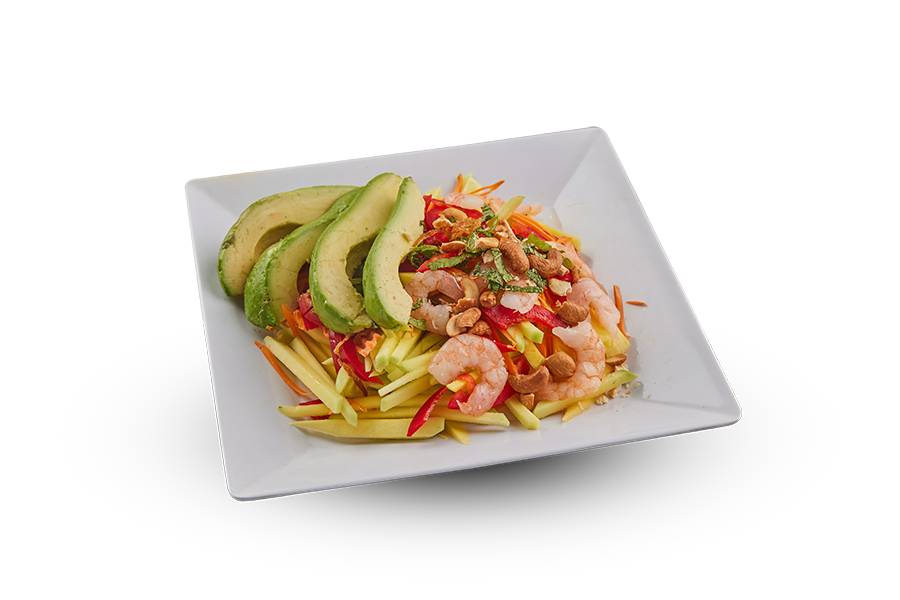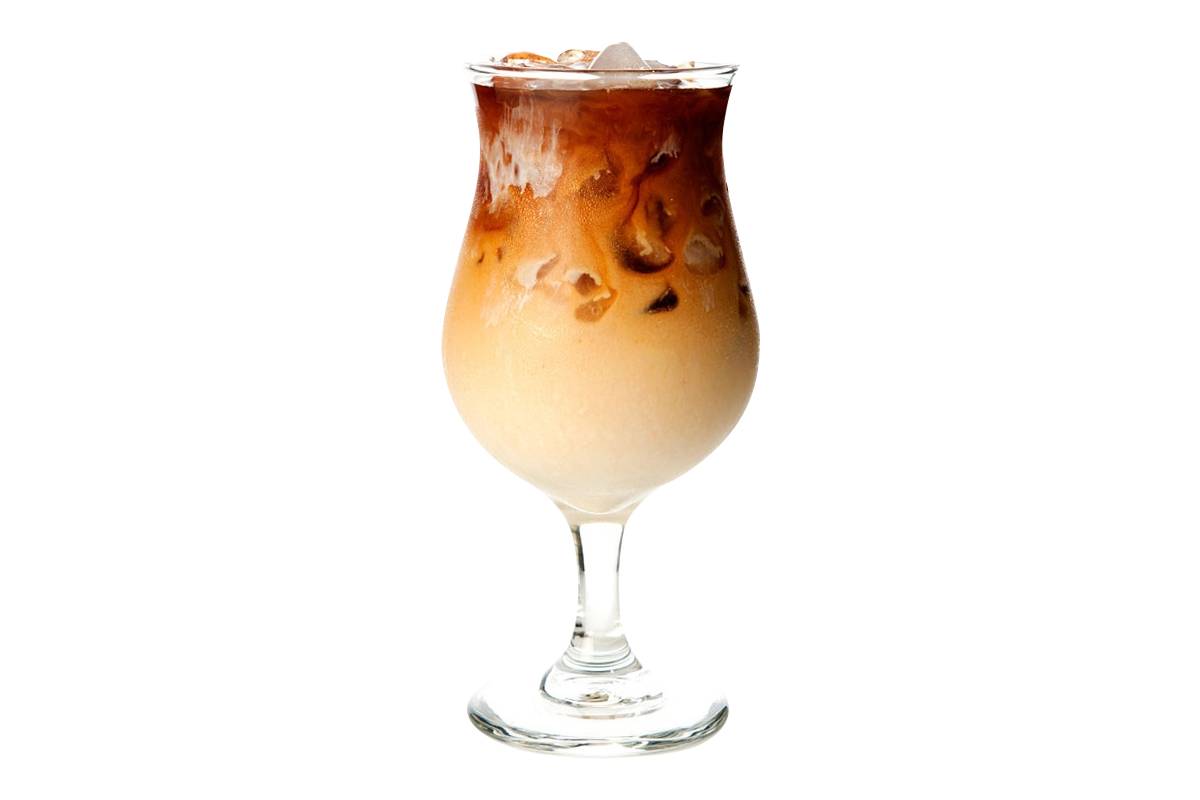To make com in this village, the rice kernels are packed inside lotus leaves. They can be eaten plain. The kernels are often quite soft and fragrant. Some choose to mix them with bananas or they make green rice into a cake with mung bean filling. The kernels can also be purposed in a sweet soup or ice cream. As is the case with a lot of Vietnamese foods, you can customize according to the tastes and preferences you like.
Com is one of Vietnam’s proudest foods and one that was specifically sought out by US President Barack Obama during his 2016 visit to the village. If you visit Me Tri Village today, you will see families waking up as early as 3 am to prepare com.
Mien
Mien, otherwise known as glass noodles or vermicelli, is one of Vietnam’s freshest noodles. Near Hanoi, in the Cu Da Village, families have been creating mien for over 70 years. In Canada, vermicelli is the more common term.
Created from arrowroot, a local starts by grounding the roots into flour. It then gets mixed with water, steamed, dried, and lastly split into long strings. This is how you arrive at vermicelli which can be used in dishes like pho, or chicken, pork, or vegetarian soup as a base ingredient.
Cu Da residents originally started making vermicelli to feed themselves. As one will find if they travel village to village, a lot of these traditions in Vietnamese cuisine began by a need to feed their families. They often use very basic ingredients and often, by-products of other crops to complete an ingredient like vermicelli.
These days, vermicelli is so popular that hundreds of tons of it are sold every year to outsiders. Vermicelli’s become the village’s main economy, with almost every person here working at creating these high-quality noodles.
Banh chung
Banh chung is a square-shaped sticky rice patty. It is filled with meat and bean fillings and is wrapped in green leaves before being cooked for hours at a time on a wooden fire. This Vietnamese favourite is made in southern Hanoi in the Tranh Khuc Village.
Inside this village, roughly a third of the households here have gotten so good at making banh chung that they can pack one in under 30 seconds. The average family in Tranh Khuc makes anywhere from 500 to 1,000 banh chung a day, selling them for approximately $2.15 each.
Vietnamese foods give villages their economy and a way to survive, similar to how certain industries have helped sustain communities in North America. Food is our industry.
Ca kho
Fish is very popular in Vietnamese cuisine, from using shrimp in pho and stir fry to making fish sauce. The Vu Dai Village in northern Vietnam creates a type of braised caramelized fish by the thousands every day.
Ca kho is similar to other Vietnamese dishes like pho in the sense that, to achieve its taste, numerous spices and herbs are used including ginger, lime, galangal, caramel, and even fish sauce itself.
In Vu Dai, the community manages a large flame on which roughly 600 fish clay pots sit carrying roughly 1.8 tons of fish. Each pot is cooked for 14 hours and then removed. It is an art and a science, with secrets passed down from generation to generation, just like a lot of Vietnamese cooking.
Salt
Another area of authentic, fresh ingredients prepared in Vietnam is the Hon Khoi Salt Field. A massive salt field spanning 988 acres, it produces more than 30,000 tons of salt every year which gets consumed across Vietnam as well as exported to Japan among other locations.
Local farmers near the Hon Khoi Salt Field wake up early in the morning and come to pour saltwater on the field. This water evaporates over the course of the morning. By afternoon, the farmer arrives once again and collects the crystals left behind.
These tough Vietnamese farmers work all day under the hot sun collecting salt for a living. It is considered one of the most difficult jobs relating to how we eat in Vietnam.
Why do villages go through all this work?
We take for granted in Canada how our food is grown and where it comes from. In Vietnam, there’s a lot more knowledge about where ingredients have come from and there are entire communities that have developed around food.
Once a community hits its stride creating a specific dish or ingredient, it gives them food to consume and a living to make. In rural locations where a non-farm related job has traditionally been hard to find, being able to take matters into your own hands and cultivate foods you can sell or export, it’s empowering to the people.
Villages in Vietnam work hard to deliver fresh, healthy, and whole ingredients used in all sorts of Vietnamese foods. To them, we say thank you. The hard work they do every day has helped Vietnamese families far and wide.
If you’re looking for fresh, traditional Vietnamese cuisine in Toronto prepared authentically, TorontoPHO invites you to come in. Not only do we have some of Toronto’s best pho but we maintain a menu of so much more, drawing from Thai and Chinese influences as well. For Vietnamese cooking done right, visit today.

